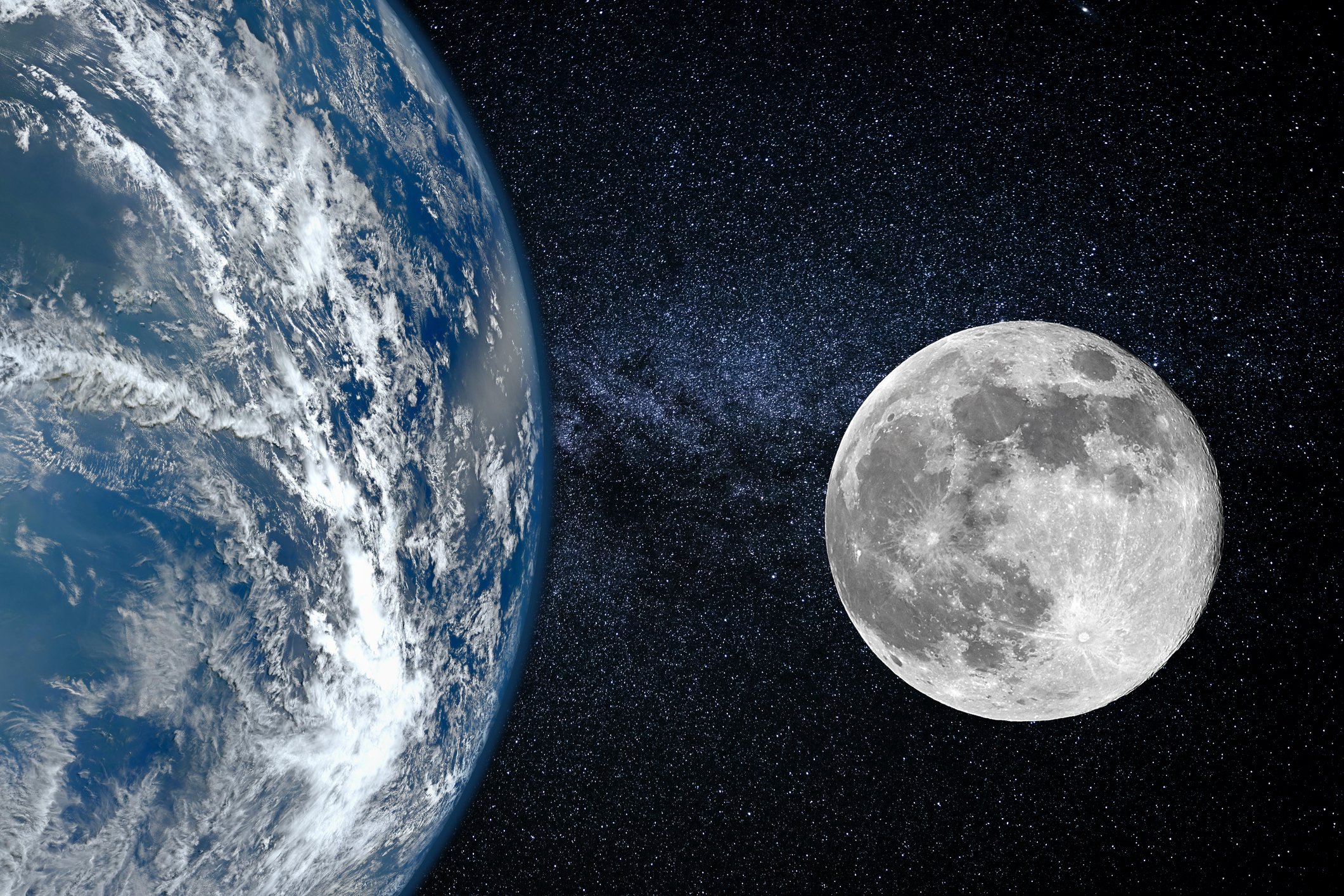Using data collected from India’s Chandrayaan-1 space mission and research conducted in 2008, a team of researchers led by a planetary scientist from the University of Hawaii at Manoa found: High-energy electrons from Earth may be contributing to the formation of water on the lunar surface.
Electrons form the Earth’s magnetic field, produced by the dynamics of the liquid iron core inside the planet, and extend across space, forming the area called the magnetosphere. According to the paper’s first author, Shuai Li, these high-energy particles contribute to weathering processes on the Moon.
The magnetosphere is formed by the interaction between the Earth’s magnetic field and the solar wind, which is a constant flow of particles (protons and neutrons) emitted by the Sun. A particular region known as the “Earth’s magnetic tail” drags charged particlescreating a long expanse in the opposite direction of the solar wind.
A natural laboratory to study the formation of water on the Moon
The Earth’s invisible magnetic tail, formed as a result of the deformation of the magnetosphere, extends towards the night side of the Earth. The authors of the current study built on previous research showing how. Earth’s magnetic tail oxidizes iron in the Moon’s polar regions, It is a direct sign of moisture.
This is because the Moon passes the magnetic tail as it orbits the Earth. In this way, our natural satellite is protected from charged particles like the Earth.
In his statement, Li described this system as “a natural laboratory to study the formation processes of water on the lunar surface.” When the Moon emerges from the magnetic tail, solar winds hit its surface. But when the satellite is protected by the tail. is magnetic, has almost no protons, and The expectation is that “water formation will decrease to almost zero.”
Does the magnetic tail create water on the Moon?

The data for the current study was based on remote sensing performed by the Lunar Mineralogical Mapper instrument on the Chandrayaan 1 mission, which explored the Moon’s south pole between 2008 and 2009. The methodology focused on changes in water formation as the Moon passed. Through the Earth’s magnetic tail.
“Remote sensing observations showed that: The formation of water in the Earth’s magnetic tail is almost identical to when the Moon is outside the Earth’s magnetic tail.”, Li marveled.
This is a sign of the existence of additional formation processes in the magnetic tail or even new water sources that are not directly related to the emission of protons from the solar wind. “Radiation of high-energy electrons exhibits effects similar to those of solar wind protons,” the study concludes.
Stay up to date with the latest astronomical studies at TecMundo. If you wish, take the opportunity to learn about the new hypertelescope that can be installed on the Moon’s surface.
Source: Tec Mundo
I’m Blaine Morgan, an experienced journalist and writer with over 8 years of experience in the tech industry. My expertise lies in writing about technology news and trends, covering everything from cutting-edge gadgets to emerging software developments. I’ve written for several leading publications including Gadget Onus where I am an author.













